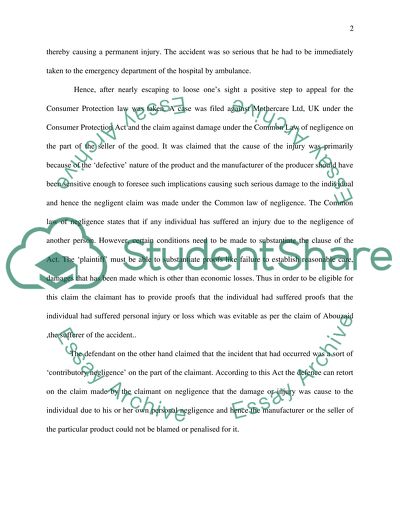Cite this document
(“Law 2050 Consumers and the Law Essay Example | Topics and Well Written Essays - 2000 words”, n.d.)
Retrieved from https://studentshare.org/environmental-studies/1417383-law
Retrieved from https://studentshare.org/environmental-studies/1417383-law
(Law 2050 Consumers and the Law Essay Example | Topics and Well Written Essays - 2000 Words)
https://studentshare.org/environmental-studies/1417383-law.
https://studentshare.org/environmental-studies/1417383-law.
“Law 2050 Consumers and the Law Essay Example | Topics and Well Written Essays - 2000 Words”, n.d. https://studentshare.org/environmental-studies/1417383-law.


